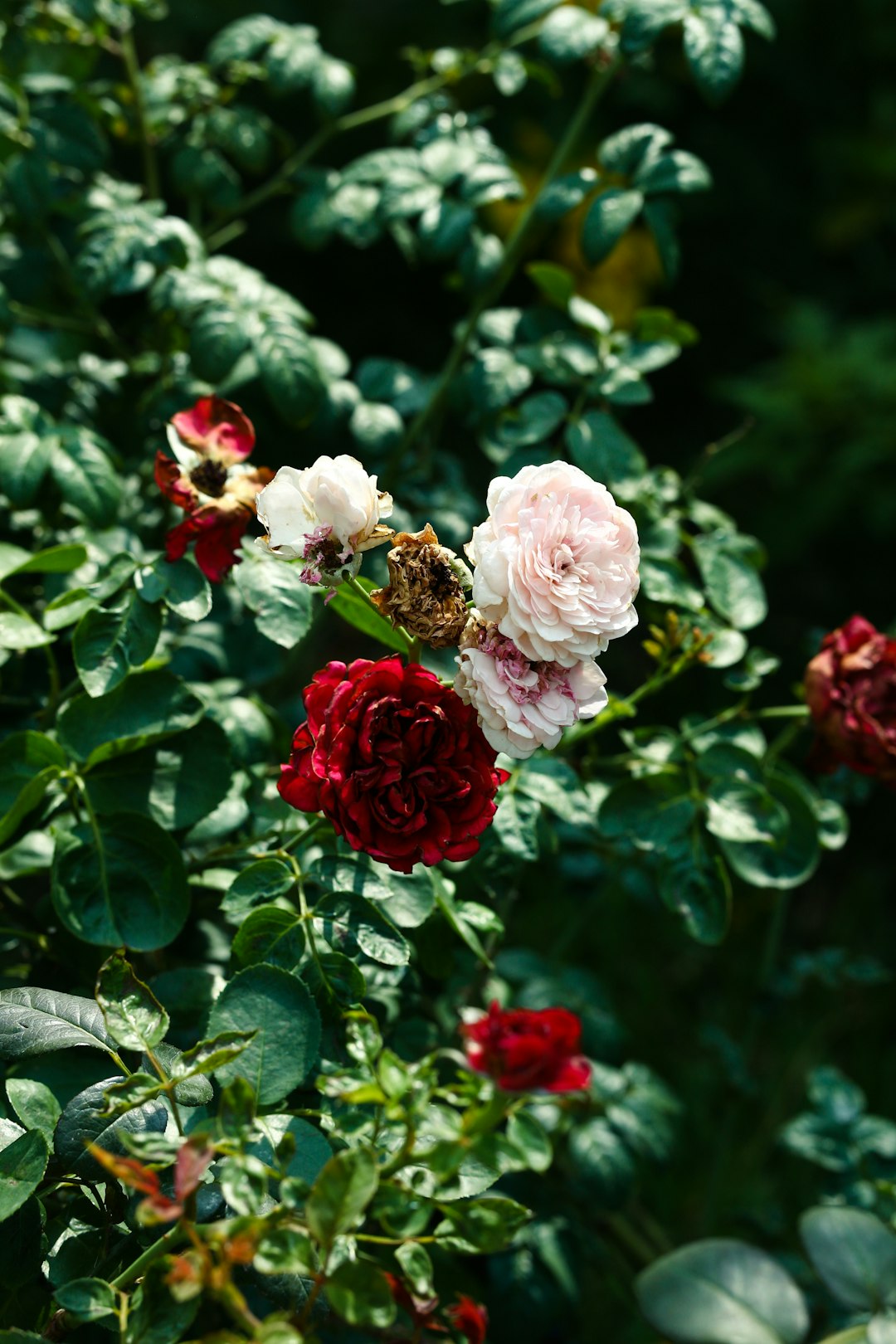Reviving Your Leggy Houseplants: A Lighting Fix

Houseplants are a wonderful addition to any home, bringing a touch of nature indoors and enhancing the overall aesthetic. However, it's not uncommon to encounter issues with our beloved green companions, such as leggy plants. Those scraggly, stretched - out plants can be a real eyesore, but the good news is that they can become full again, and the solution for leggy plants may be as simple as tweaking your lighting.
Leggy plants are characterized by long, thin stems with sparse foliage. This growth pattern occurs when plants don't receive enough light. In an attempt to reach for more light, they stretch their stems, resulting in a lanky appearance. But before we delve into the lighting solutions, let's understand a bit more about why proper lighting is crucial for houseplants.
Light is one of the most essential factors for plant growth. Through the process of photosynthesis, plants convert light energy into chemical energy, which they use to fuel their growth and development. Different plants have different light requirements, and providing the right amount and type of light can make a significant difference in their health and appearance.
Now, let's talk about how to identify if your plant is suffering from a lack of light. Besides the obvious leggy growth, other signs include pale or yellowing leaves, slow growth, and a general lack of vigor. If you notice these symptoms in your houseplants, it's time to take a closer look at their lighting situation.
One of the simplest ways to fix leggy plants is to move them to a brighter location. Observe the lighting conditions in your home throughout the day. South - facing windows usually receive the most intense sunlight, making them ideal for sun - loving plants. East - facing windows get morning sun, which is often less harsh and suitable for many houseplants. West - facing windows receive afternoon sun, which can be quite strong, while north - facing windows provide the least amount of direct sunlight, making them better for low - light plants.
If moving your plants to a brighter window isn't an option, you can also consider using artificial lighting. LED grow lights have become increasingly popular among indoor gardeners. They are energy - efficient, emit the right spectrum of light for plant growth, and can be adjusted to provide the optimal amount of light for your plants. When using artificial lights, make sure to place them at the appropriate distance from the plants. Too close, and you risk burning the leaves; too far, and the plants won't get enough light.
Another important aspect of lighting is the duration. Most houseplants need around 12 - 16 hours of light per day. You can use a timer to ensure that your plants receive a consistent light schedule. This is especially important during the winter months when natural daylight hours are shorter.
Once you've adjusted the lighting, you may also want to prune your leggy plants. Pruning helps to encourage bushier growth. Use clean, sharp pruning shears to remove the long, leggy stems. Cut just above a leaf node, as this is where new growth will emerge. You can also propagate the cuttings to create new plants.
In addition to lighting and pruning, proper watering and fertilizing are also essential for the health of your houseplants. Overwatering can lead to root rot, while underwatering can cause the plants to wilt and become stressed. Follow the specific watering requirements of each plant species, and use a balanced fertilizer during the growing season to provide the necessary nutrients.
To sum it up, caring for houseplants is a rewarding experience, and dealing with leggy plants doesn't have to be a headache. By understanding the importance of lighting, making the necessary adjustments, and combining it with proper pruning, watering, and fertilizing, you can transform those scraggly plants into lush, full - bodied specimens. So, don't let leggy plants dampen your indoor gardening spirit. Take action today and watch your houseplants thrive.
Remember, every plant is unique, and it may take some trial and error to find the perfect lighting conditions for your specific houseplants. But with patience and a little experimentation, you'll be well on your way to creating a beautiful indoor garden filled with healthy, vibrant plants.